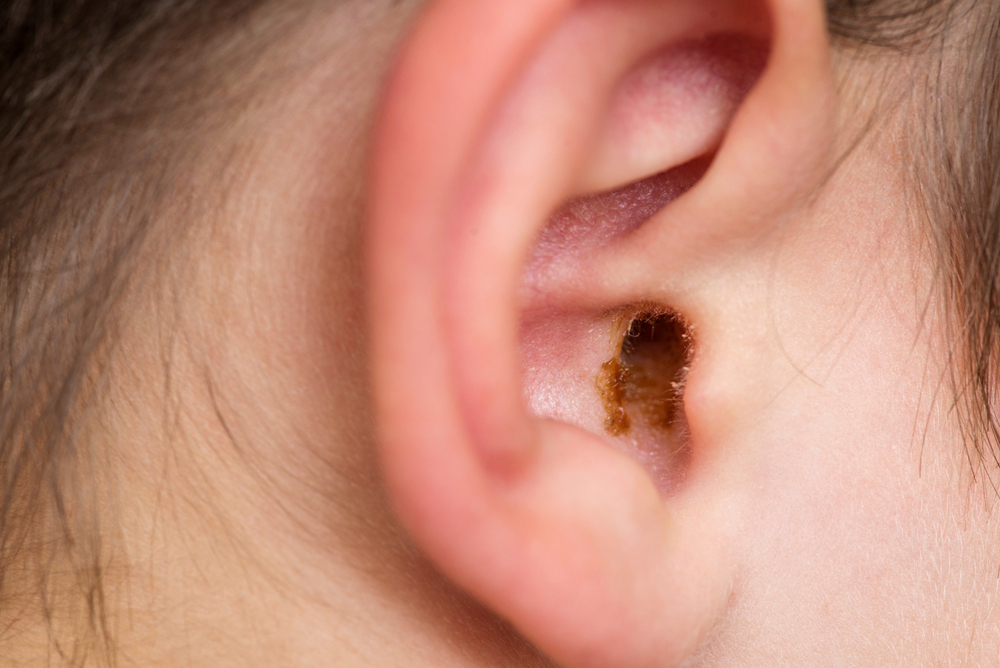
Chances are, earwax and its accumulation haven’t been subjects of extensive contemplation for you, except perhaps during ear hygiene routines. Still, it’s essential to have an understanding of its purpose and how it develops.
What triggers the accumulation of earwax?
Earwax, scientifically called cerumen, is a dense combination of debris, hair, skin particles, sweat, and ceruminous gland secretions. This earwax presents with a waxy texture and can show shades of orange, yellow, gray, or brown.
In most circumstances, children tend to generate more earwax than adults. Kids also usually have softer earwax that’s lighter in color than adults.
Earwax gets discharged or washed out after passing the outer ear canal and reaching the opening of the ear.
Why is earwax crucial?
Earwax serves several crucial functions, such as:
- Fending off potential infections that might arise within the ear canal.
- Preventing itchiness and dryness by moisturizing and protecting the lining of the ear canal.
- Before things like dust, dirt, or other external debris go further up into the ear canal, earwax acts as a barrier.
Earwax blockages
Impacted earwax is a prevalent problem, but it’s typically the only time you need to be concerned about it. Impacted earwax can be the result of narrow or unusually shaped ear canals impeding the normal movement of earwax toward the ear’s opening.
Improper ear hygiene practices, like using cotton swabs or bobby pins, can unintentionally force wax deeper into the ear canal.
People grappling with hearing loss who use earplugs or hearing aids are also predisposed to experiencing ear canal blockages.
How is hearing affected by too much earwax?
Auditory health may be hindered and you may feel mild discomfort.
Additionally, significant accumulations of earwax can trigger tinnitus, a feeling of ringing in the ears.
Acoustic trauma may lead to long-term hearing loss, perforated eardrums, and long-term hearing loss if earwax blockages go neglected.
How do you deal with impacted wax?
Should you suspect an earwax blockage, consulting us quickly is imperative. Depending on the severity of the blockage, you might be advised to use over-the-counter wax softening drops or a bulb syringe for delicate irrigation to alleviate the condition.
If you’re concerned about your earwax buildup, call us right away to schedule an appointment.